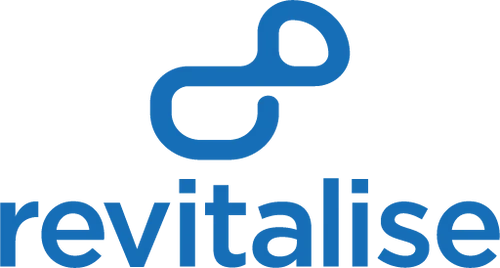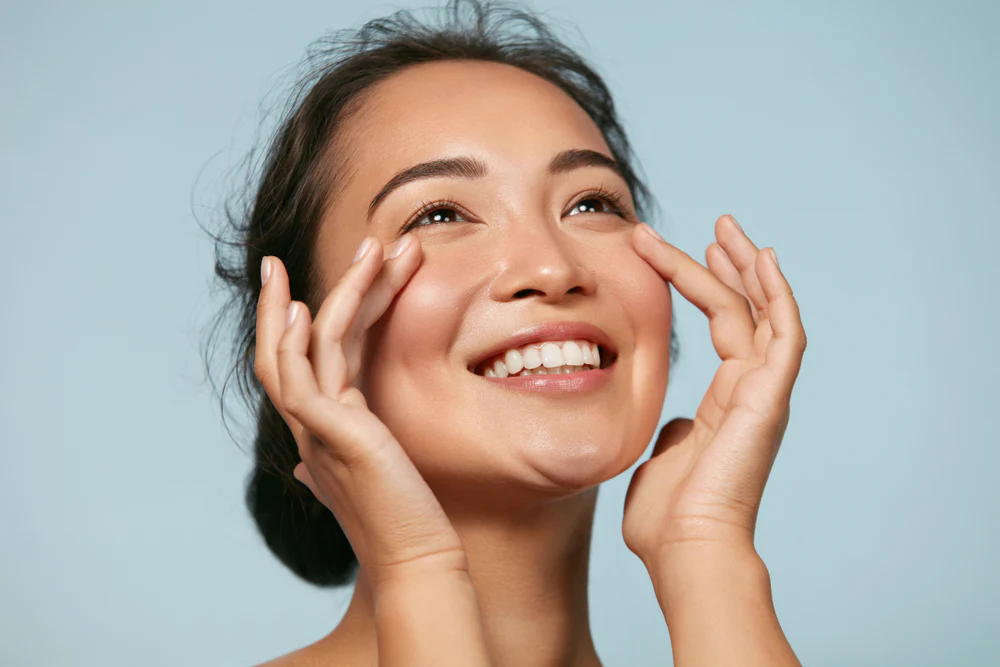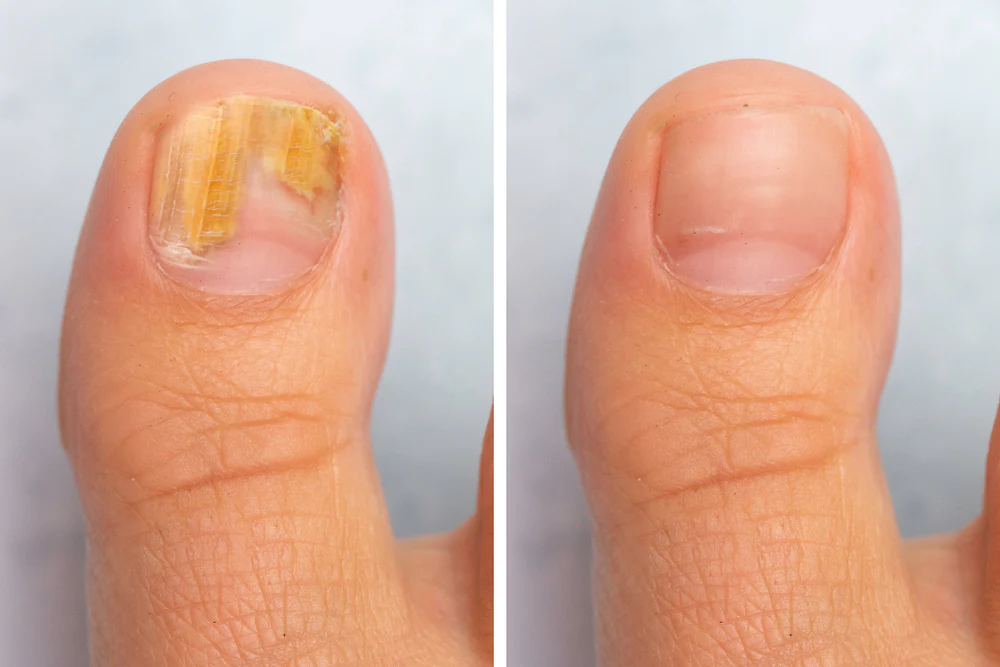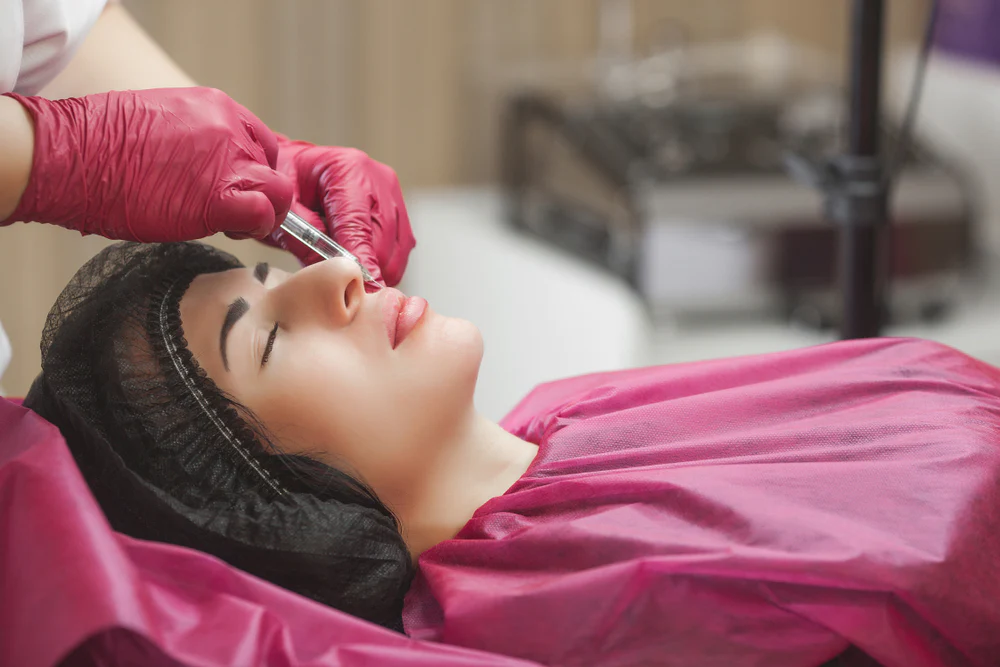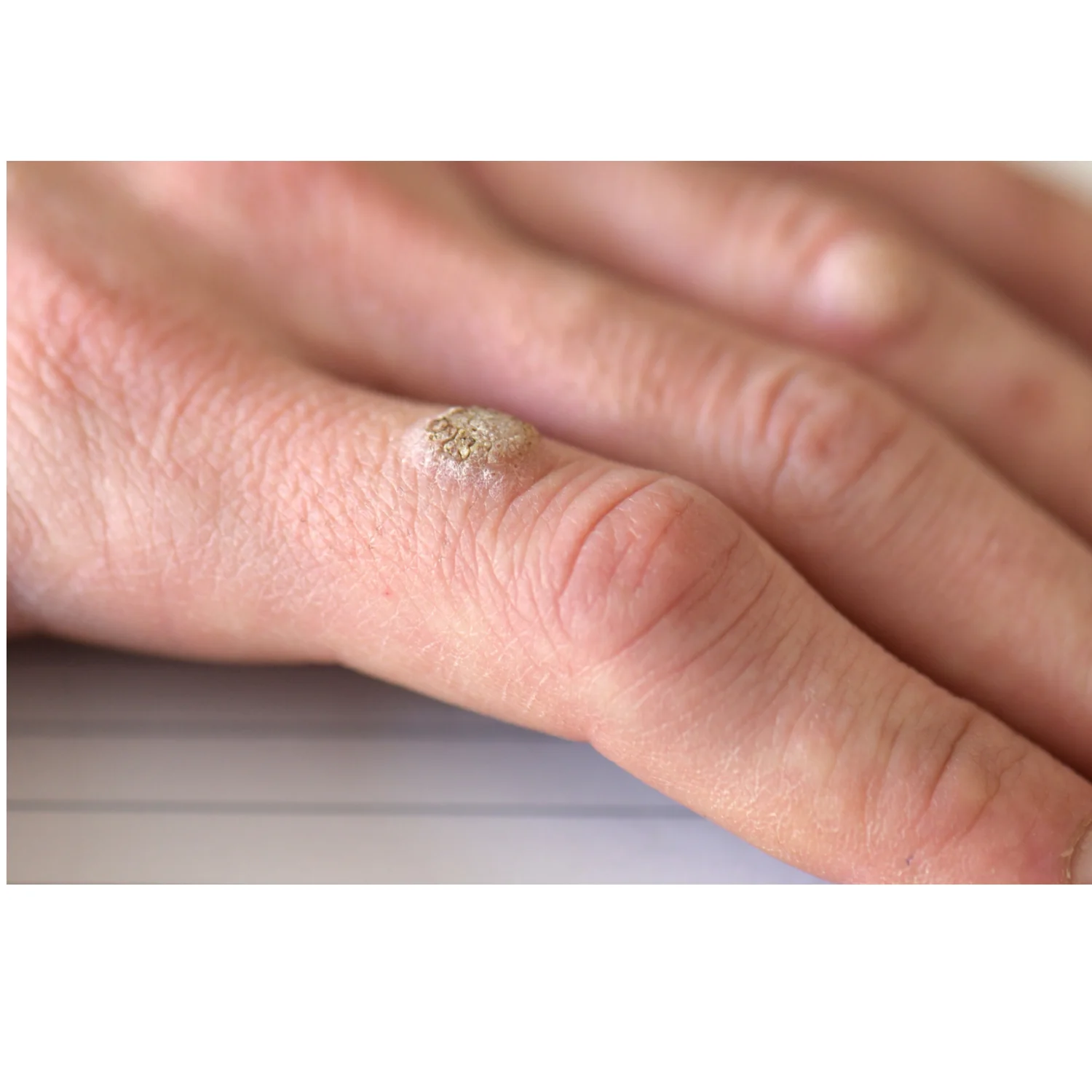Can Warts Be Prevented? Tips for Prevention and Treatment
Introduction: Warts are a common and contagious skin condition that can be caused by the human papillomavirus (HPV). They can appear anywhere on the body and can be unsightly and uncomfortable. While there is no guaranteed way to prevent warts, there are steps you can take to reduce your risk of developing them. In this blog post, we will discuss tips for preventing warts and treatment options if you do get them.
- Practice Good Hygiene: One of the best ways to prevent warts is to practice good hygiene. This includes washing your hands regularly, especially after touching objects that other people have touched, such as doorknobs or gym equipment. It's also important to avoid sharing personal items like towels or razors.
- Keep Your Skin Healthy: Healthy skin is less likely to develop warts. Keep your skin moisturized and protect it from cuts and scrapes. Avoid walking barefoot in public areas, as this can increase your risk of getting warts on the soles of your feet.
- Boost Your Immune System: A strong immune system can help your body fight off the HPV virus that causes warts. Eat a healthy diet, exercise regularly, and get enough sleep to keep your immune system in top shape.
- Treat Warts Promptly: If you do develop a wart, it's important to treat it promptly. Over-the-counter treatments like salicylic acid or freezing kits can be effective, but if the wart is large or doesn't respond to treatment, seek professional medical treatment.
Conclusion: While there is no foolproof way to prevent warts, there are steps you can take to reduce your risk of getting them. Practicing good hygiene, keeping your skin healthy, boosting your immune system, and treating warts promptly are all important for preventing and treating warts. At Revitalise London Dermatology Clinic, our experienced team of professionals can provide personalized treatment options to help you prevent and treat warts.
